Back pain is a very common problem that can range from a dull, constant ache to a sudden, sharp pain that leaves you incapacitated. It can come on suddenly from a fall, or lifting something heavy or it can develop slowly. Every one of us gets back pain during some part of our life.
Image 1
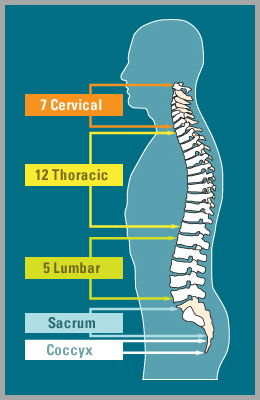
In a 3-month period, about 25 % adults experience at least 1 day of back pain. It is one of our society’s most common medical problems. It is the problem which causes maximum loss of work days
Although anyone can have back pain, a number of factors increase your risk. They include:
Age: The first attack of low back pain typically occurs between the ages of 30 and 40. Back pain becomes more common with age.
Fitness level: Back pain is more common among people who are not physically fit. Weak back and abdominal muscles may not properly support the spine.
Diet: A diet high in calories and fat, combined with an inactive lifestyle, can lead to obesity, which can put stress on the back.
Heredity: Some causes of back pain, such as Ankylosing spondylitis, a form of arthritis that affects the spine, have a genetic component.
Presence of other diseases: Many diseases can cause or contribute to back pain. These include various forms of arthritis, such as osteoarthritis and Ankylosing spondylitis, and cancers elsewhere in the body that may spread to the spine.
Occupational risk factors: Having a job that requires heavy lifting, pushing, or pulling, particularly when this involves twisting or vibrating the spine, can lead to injury and back pain. More common during this era of computerization, long hours of working on computers in poor posture can lead on to low backache.
Image 1
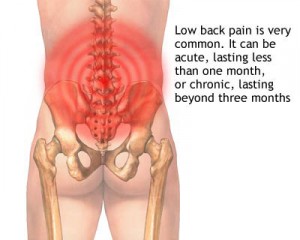
Image 2
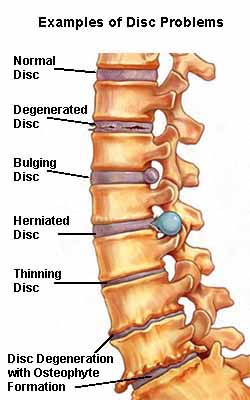
Like any other pain, back pain tells you that something is wrong somewhere and is not a diagnosis by itself. It is for the physician to find out what is the exact problem causing back pain. Medical problems that can cause back pain include the following:
Mechanical problems: A mechanical problem is a problem with the way your spine moves. Perhaps the most common mechanical cause of back pain is a condition called intervertebral disc degeneration, which simply means that the discs located between the vertebrae of the spine are breaking down with age. As they deteriorate, they lose their cushioning ability. This problem can lead to pain if the back is stressed. Other mechanical causes of back pain include spasms, muscle tension etc.
Injuries: Spine injuries such as sprains and fractures can cause either short-lived or chronic pain. Sprains are tears in the ligaments that support the spine, and they can occur from twisting or lifting improperly. Fractured vertebrae are often the result of osteoporosis.
Acquired conditions and diseases: Many medical problems can cause or contribute to back pain. They include scoliosis, a curvature of the spine that does not usually cause pain until middle age; various forms of arthritis, including osteoarthritis, and ankylosing spondylitis. Although osteoporosis itself is not painful, it can lead to painful fractures of the vertebrae.
Infections and tumours: Although they are not common causes of back pain, infections like cause destruction of the vertebrae and cause back pain. Tumors also are relatively rare causes of back pain. Occasionally, tumors begin in the back, but more often they appear in the back as a result of cancer that has spread from elsewhere in the body.
One of the best things you can do to prevent back pain is to exercise regularly and keep your back muscles strong.
Diet: Eating a healthy diet also is important. For one thing, eating to maintain a healthy weight—or to lose weight, if you are overweight—helps you avoid putting unnecessary stress and strain on your back. To keep your spine strong, as with all bones, you need to get enough calcium and vitamin D every day.
Postures: Practicing good posture, supporting your back properly, and avoiding heavy lifting when you can may all help you prevent injury. If you do lift something heavy, keep your back straight. Don’t bend over the item; instead, lift it by putting the stress on your legs and hips.
Although the causes of back pain are usually physical, emotional stress can play a role in how severe pain is and how long it lasts. Stress can affect the body in many ways, including causing back muscles to become tense and painful.
Image 1
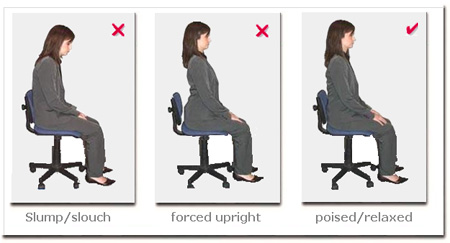
Image 2
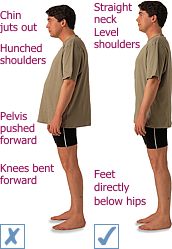
Diagnosing the cause of back pain requires a medical history and a physical exam. If necessary, your doctor may also order medical tests, which may include x rays or sometimes MRI.
Treatment for back pain generally depends on what kind of pain you experience: acute or chronic.
Acute Back Pain: Acute back pain usually gets better on its own and without treatment, although you may want to try acetaminophen, aspirin, or ibuprofen to help ease the pain. Perhaps the best advice is to go about your usual activities as much as you can with the assurance that the problem will clear up. Getting up and moving around can help ease stiffness, relieve pain, and have you back doing your regular activities sooner. Exercises or surgery are not usually advisable for acute back pain.
Chronic Back Pain:Treatment for chronic back pain falls into two basic categories: the kind that requires an operation and the kind that does not. In the vast majority of cases, back pain does not require surgery. Doctors will nearly always try nonsurgical treatments before recommending surgery. In a very small percentage of cases—when back pain is caused by a tumour, an infection, or a nerve root problem called cauda equina syndrome, for example—prompt surgery is necessary to ease the pain and prevent further problems.
Nonsurgical Treatments
Hot or cold: Hot or cold packs—or sometimes a combination of the two—can be soothing to chronically sore, stiff backs. Applying heat or cold may relieve pain, but it does not cure the cause of chronic back pain.
Exercise: Although exercise is usually not advisable for acute back pain, proper exercise can help ease chronic pain and perhaps reduce the risk of it returning.
Medications: Medications like paracetamol, NSAIDS may be helpful in acute pain to relieve the inflammation of the spine.
Traction: Traction involves using pulleys and weights to stretch the back. The rationale behind traction is to pull the vertebrae apart to allow a bulging disk to slip back into place. Some people experience pain relief while in traction, but that relief is usually temporary. Once traction is released, the stretch is not sustained and back pain is likely to return. There is no scientific evidence that traction provides any long-term benefits for people with back pain.
Corsets and braces: Corsets and braces include a number of devices, such as elastic bands and stiff supports with metal stays, that are designed to limit the motion of the lumbar spine, provide abdominal support, and correct posture. Although these may be appropriate after certain kinds of surgery, they should not be used in the management of chronic low back ache. In fact, by making the back muscles weaker the corsets harm you rather than helping you in the long term.
Injections: When medications and other nonsurgical treatments fail to relieve chronic back pain, doctors may recommend injections for pain relief.
Surgical Treatments
Surgery is indicated only in a minor group of patients. In general, two groups of people may require surgery to treat their spinal problems. People in the first group have chronic low back pain and sciatica, and they are often diagnosed with a herniated disk, spinal stenosis, spondylolisthesis, or vertebral fractures with nerve involvement.